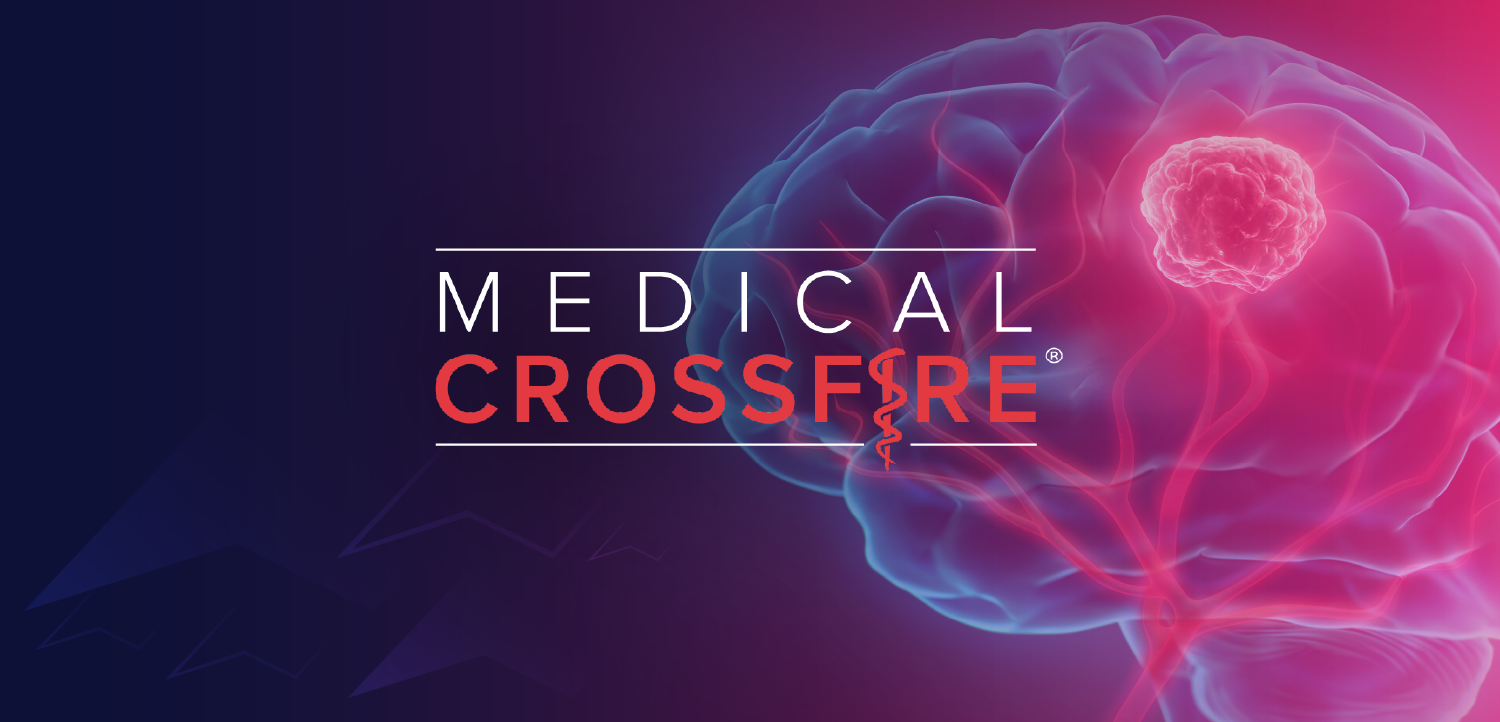
Newly Developed DAAE Score Shows Promise in Identifying Patient Risk for Transition to Progressive MS
Results showed that the DAAE Score performs well, with consistent risk estimates across the derivation (JMSC), internal-validation (JMSC), and external-validation (MSCA) dataset across treatment centers internationally.
Using a systematic literature review and advanced methods, a group of study investigators recently published findings on the DAAE score, a newly developed clinical tool for estimating individual patient risk to transition to secondary progressive multiple sclerosis (SMPS). Over a 5-year period, the easy-to-use tool estimated patient risk consistently across datasets internationally; however, it needs additional validation in larger cohorts to be used for clinical risk estimation and personalized care for individual people with MS.
Led by Tom Fuchs, MD, PhD, a research fellow at the MS Center at Amsterdam University Medical Center, the tool was named from included predictors, such as Disease duration, Age at disease onset, Age, and Expanded Disability Status Scale (EDSS) scores. It was in 4 stages: identification of candidate predictors from systematic, ordinal cutoff determination, feature selection, and feature weighting. Overall, it ranges from 0 to 12 points, with risk groups of very-low (0-2), low (3-7), medium (8-9), and high (≥10).
In the study, a retrospective analysis of data from the Jacobs Multiple Sclerosis Center (JMSC) and the Multiple Sclerosis Center Amsterdam (MSCA) was collected between 1994 and 2022. Patients included had clinically diagnosed MS, no other neurologic disorder, age 18 or older, had relapsing-remitting MS at baseline, multiple clinical assessments, and at least 1-year longitudinal clinical follow-up. The study included a development (n = 787), internal-validation (n = 522), and external-validation dataset (n = 877), of which patients had a median age of 44.1/42.4/36.6 and disease duration of 7.7/6.2/4.4 years, respectively.
Of those included from the sets, 12.6%, 10.2%, and 15.4% converted to SPMS (median: 4.9/5.2/5.0 years). In the JMSC database, risk of conversion to SPMS increased proportionally with higher DAAE scores. Specifically, risk of conversion in the development set was 2.7% for very-low scores, 7.4% for low scores, 18.8% for medium scores, and 40.2% for high scores. This was also observed in the internal-validation dataset, as risk of conversion was 2.9% for very low scores, 6.8% for low scores, 26.8% for medium scores, and 36.5% for high scores.
The risk of conversation continued to increase proportionally with higher DAEE scores in the external validation (MSCA) dataset. In this dataset, the risk of conversion was 7.5% for very low scores, 9.6% for low scores, 22.4% for medium scores, and 37.5% for high scores.
READ MORE:
The study investigators noted that the DAAE score was validated with adult patients who were mostly receiving low-efficacy disease-modifying therapy, which may potentially alter the results. It has been previously documented that early high-efficacy therapy may reduce the risk of conversion to SPMS, and MS course can vary in pediatric populations. "Follow-up work is underway to evaluate DAAE score performance using additional larger datasets, including more patients receiving high-efficacy therapy. Future work should also address pediatric populations," Fuchs et al wrote.
Binary prediction was not the target used for the DAAE score; however, for comparisons with other models, secondary validation of the DAAE score was completed by evaluating its performance in binary predictions. In case: control balanced datasets, the DAAE score achieved an area under the receiving operator curve (AUROC) of 0.804 in the development dataset (JMSC), 0.820 in the internal-validation dataset (JMSC), and 0.705 in the external-validation dataset (MSCA).
Going forward, the study investigators noted that future work should validate the DAAE score using objective SPMS outcome criteria. In addition, it was important to consider that the DAAE score may at times assign high risk to those late in transition to SPMS. In those scenarios, the study authors wrote that the DAAE score could also be viewed as a tool for identifying patients already late in transition, rather than solely a tool for estimating future risk.
"Additionally, other predictive measures which are less ubiquitous in clinical environments, though likely relevant, include cognition, optical coherence tomography, and magnetic resonance imaging,” Fuchs et al added. “Future research ought to evaluate whether the DAAE Score could be improved with such data. However, we re-emphasize that additional variables should only be considered for translational clinical tools such as the DAAE Score if they are clinically accessible and feasible for application in clinical environments."
REFERENCE
1. Fuchs TA, Zivadinov R, Pryshchepova T, et al. Clinical risk stratification: development and validation of the DAAE score, a tool for estimating patient risk of transition to secondary progressive multiple sclerosis. Mult Scler & Relat Disord. 2024;89:105755. doi:10.1016/j.msard.2024.105755
Newsletter
Keep your finger on the pulse of neurology—subscribe to NeurologyLive for expert interviews, new data, and breakthrough treatment updates.









































